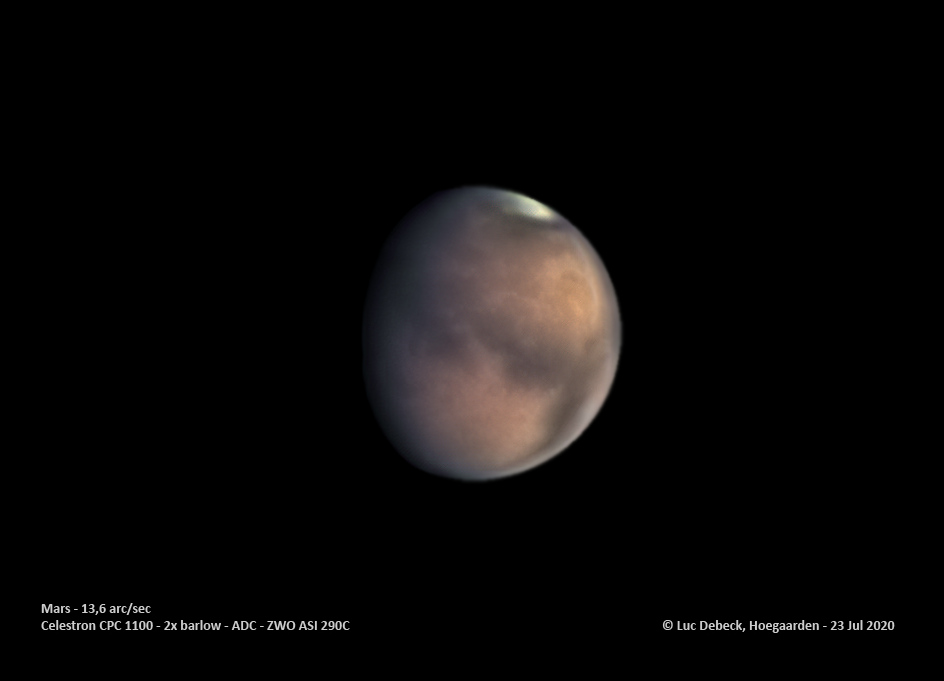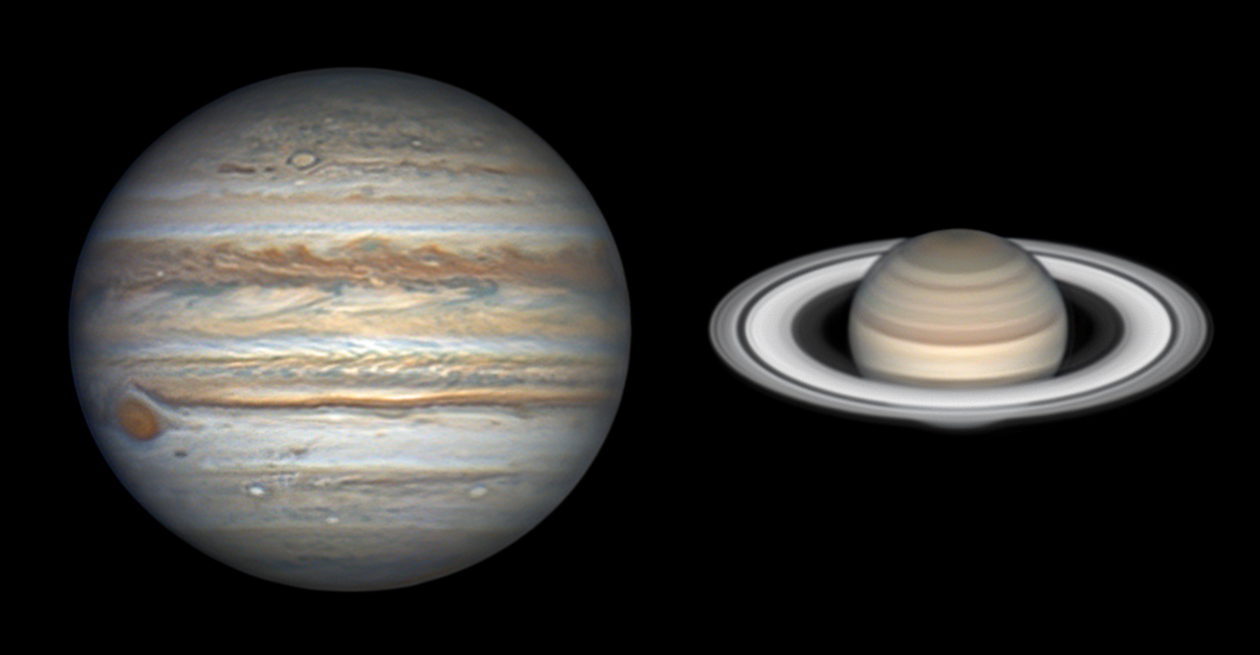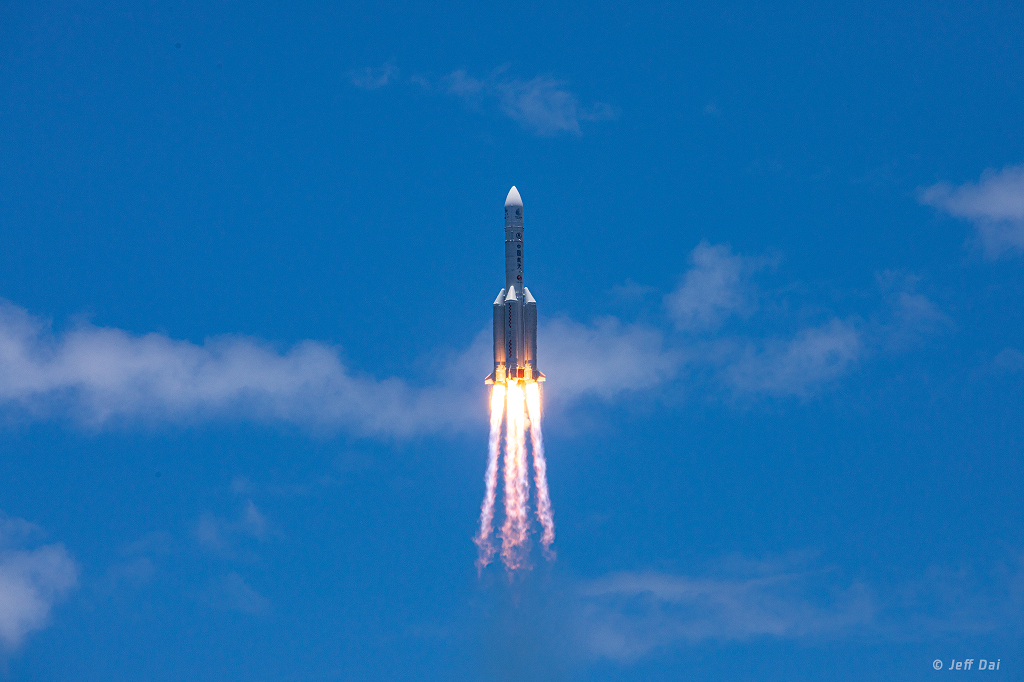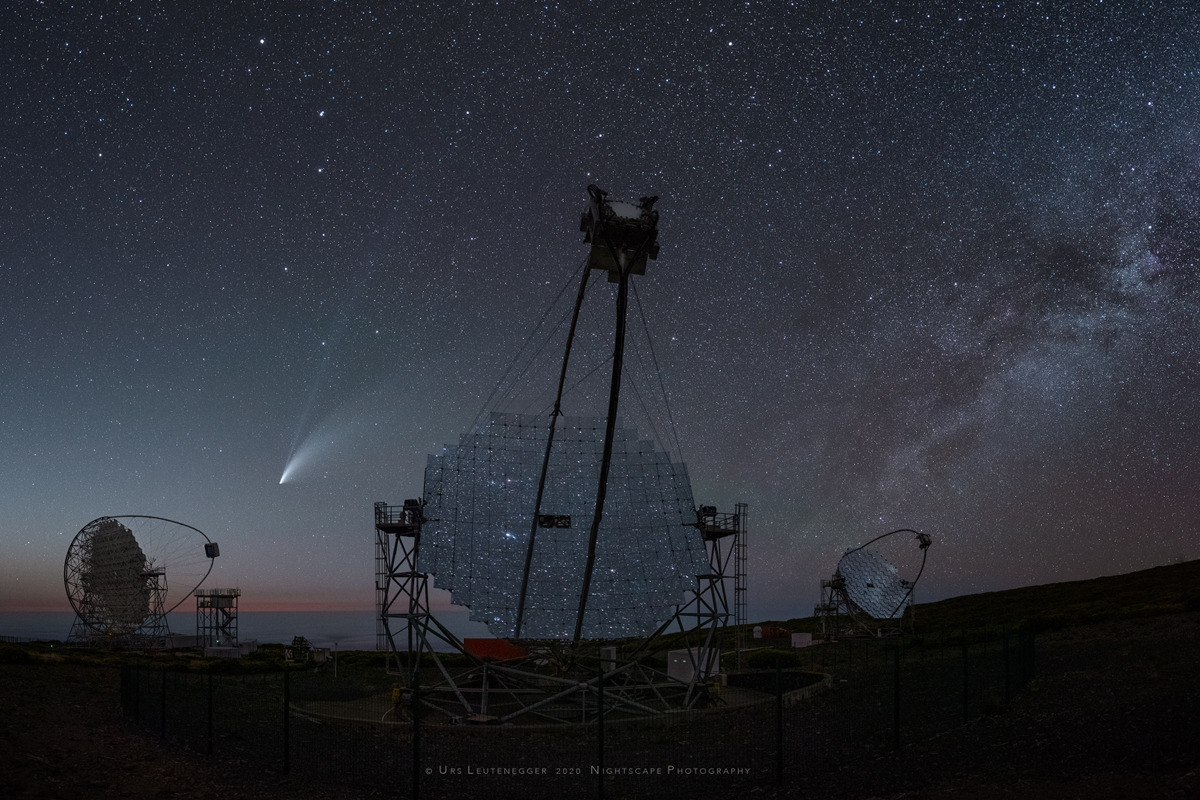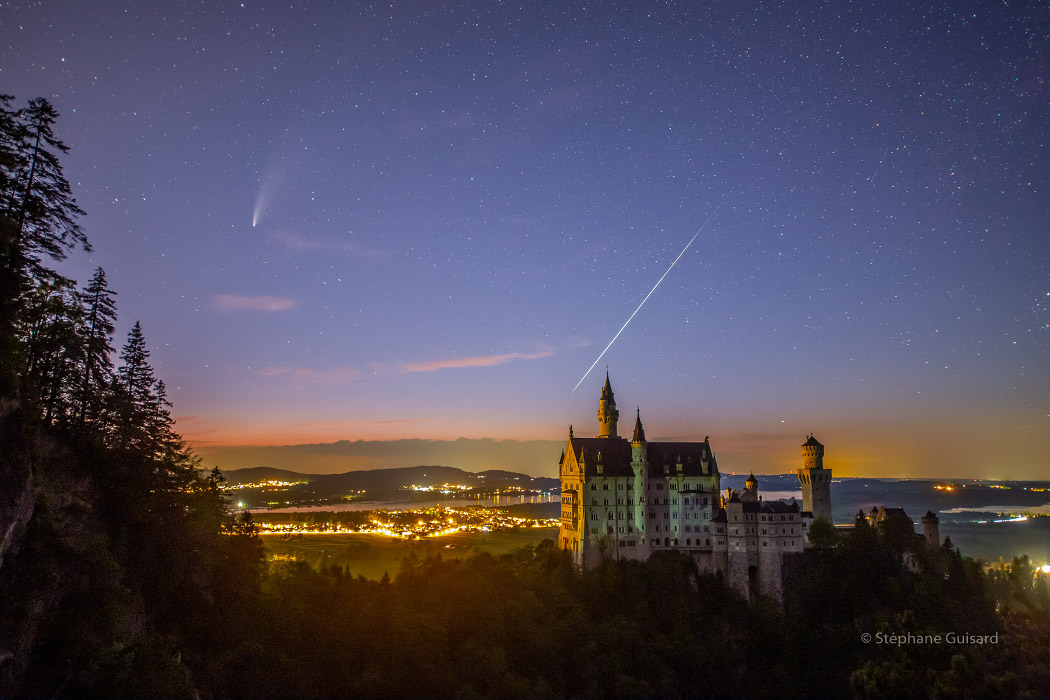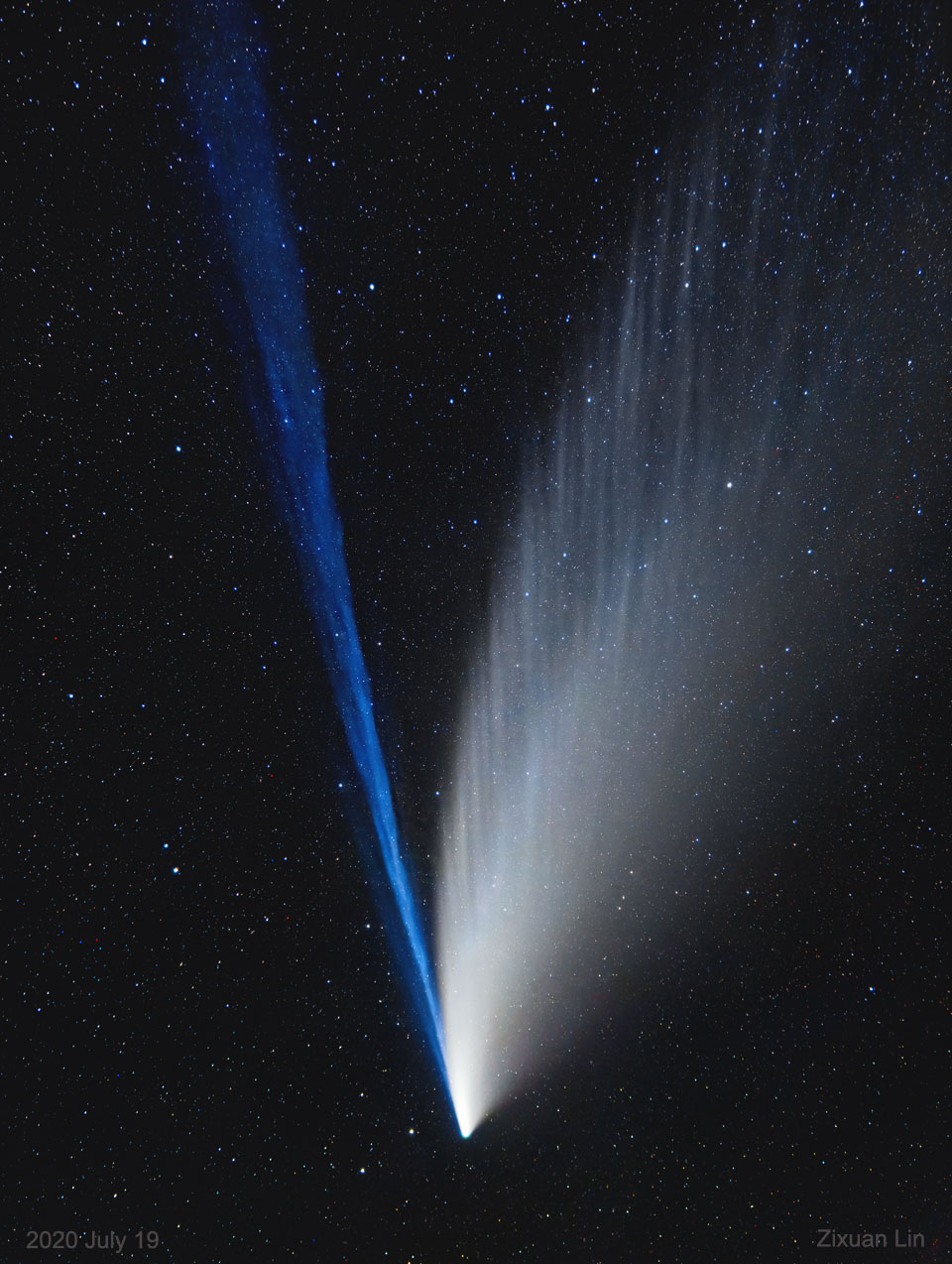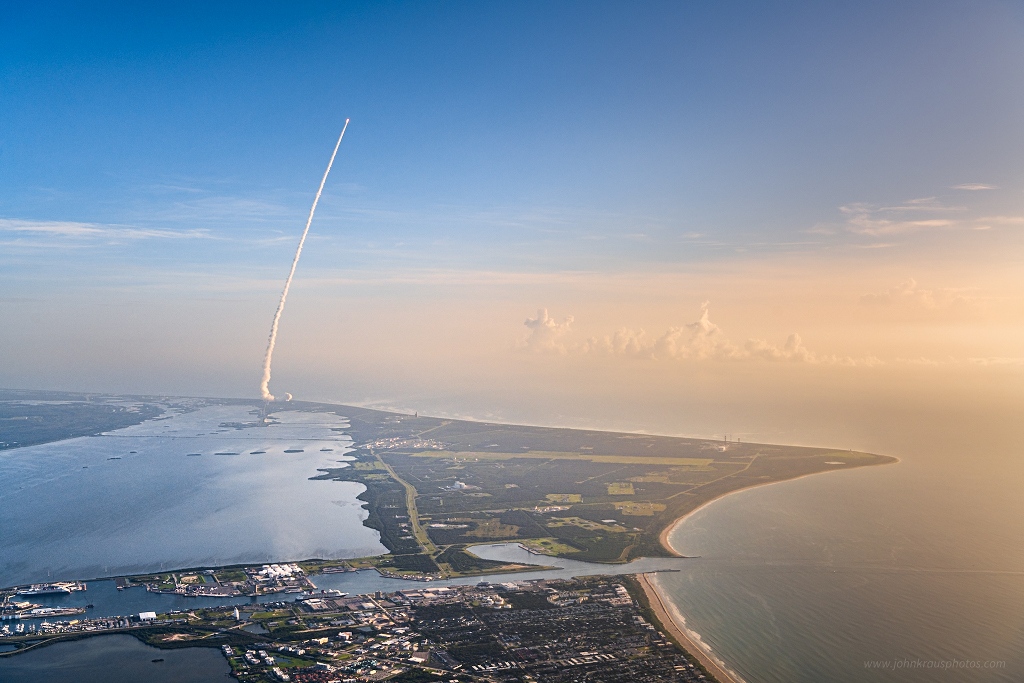
On Thursday this snapshot from a small plane 5,000 feet above Florida’s Space Coast caught a rocket’s trail rising into the blue morning sky. It was July’s third launch of a mission from planet Earth bound for Mars. The Atlas V rocket left Cape Canaveral Air Force Station from Space Launch Complex 41 at 7:50am EDT carrying NASA’s Mars 2020 Perseverance Rover. The car-sized Perseverance is headed for a landing at Jezero Crater on the Red Planet in February 2021. On board the sophisticated rover is the Ingenuity Mars Helicopter. via NASA https://ift.tt/3gb8IY6
